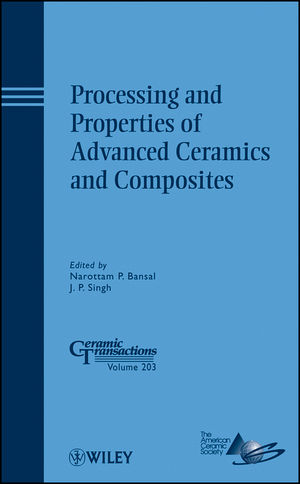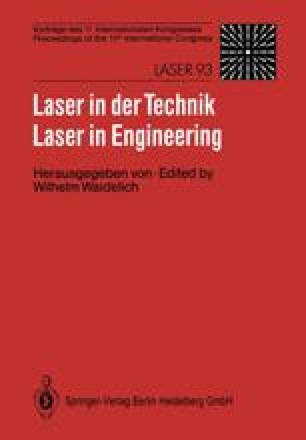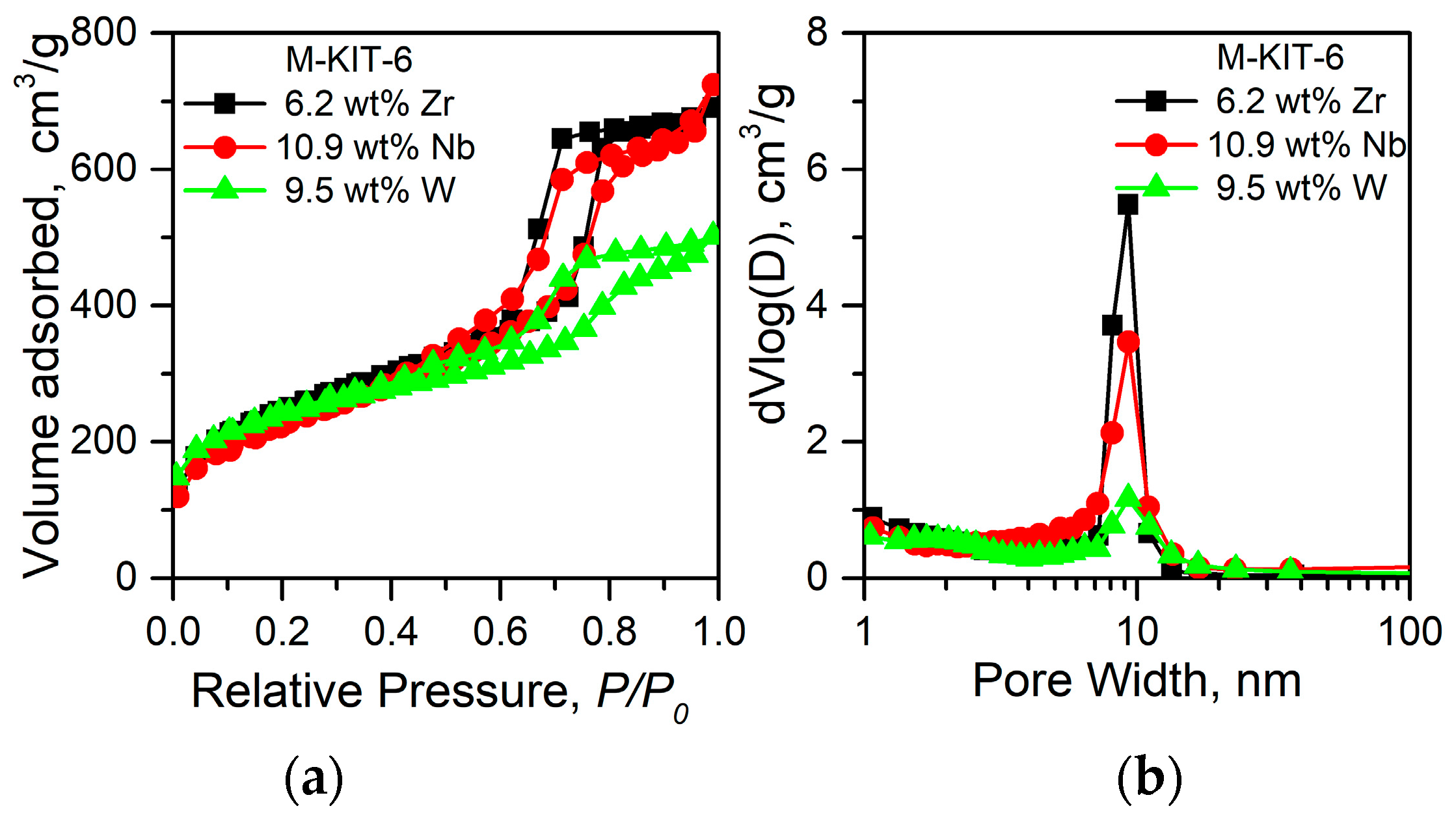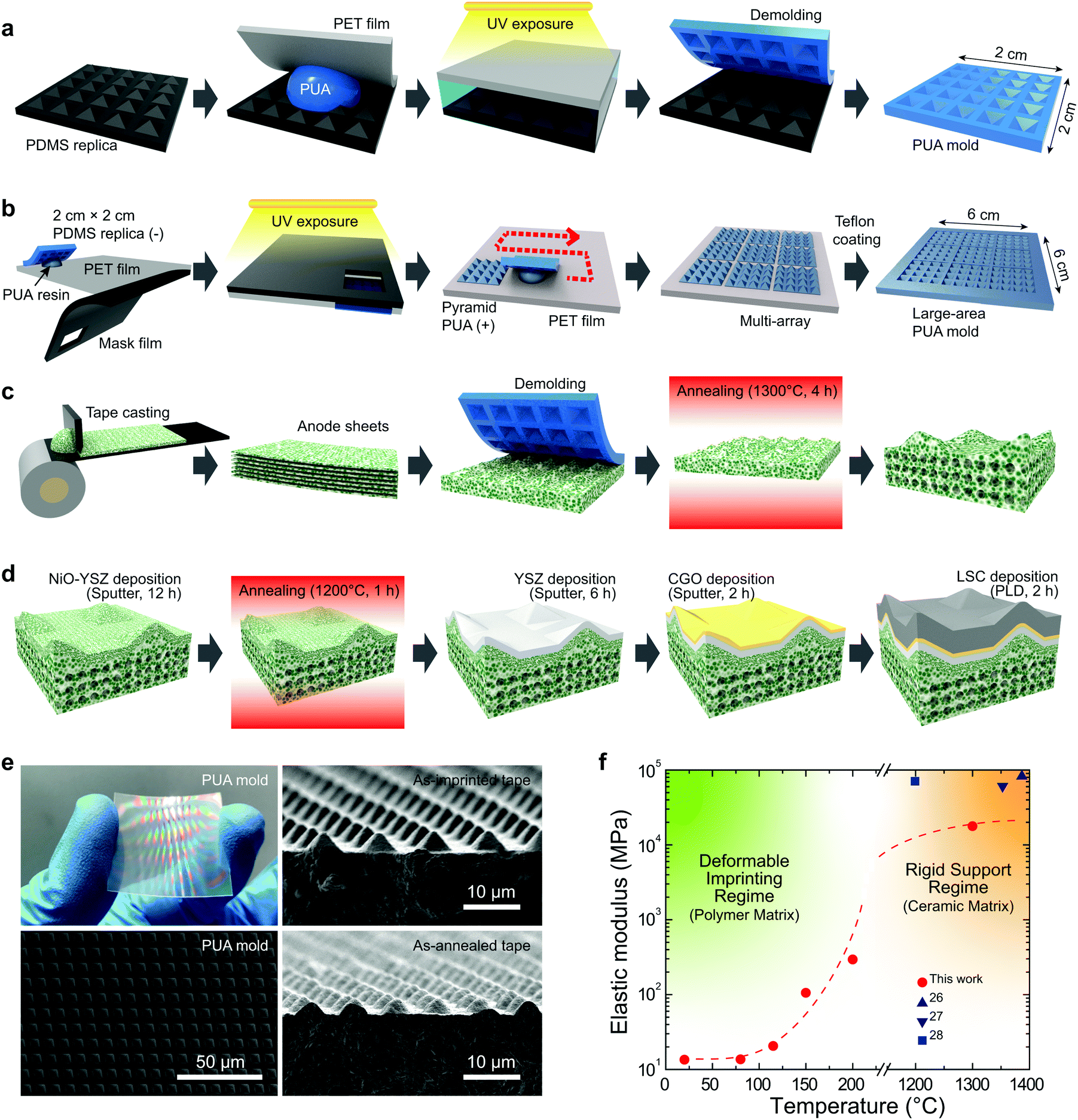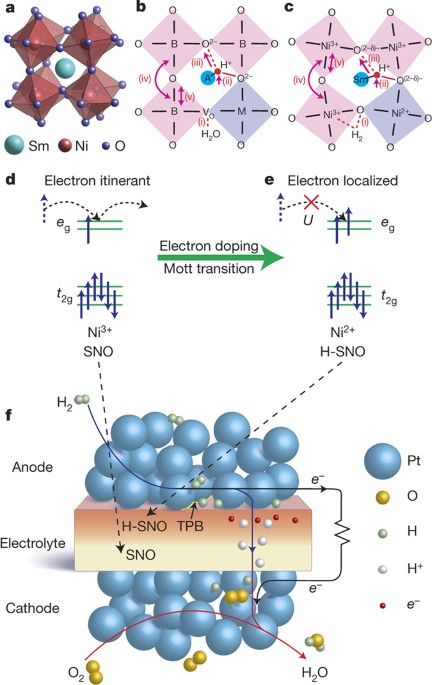Ceramics Processing Ramanathan

Journal of processing and application of ceramics 2014 the paper elucidates flow behavior of granules compaction curves and compressibility factor correlated with particle size of alumina powders.
Ceramics processing ramanathan. Processing and application of ceramics 7 4 2013 159 166 pressure slip casting and cold isostatic pressing of aluminum titanate green ceramics. The american ceramic society 550 polaris pkwy ste 510 westerville oh 43082. It is furthermore an excellent resource for graduate students and professionals. Most often pug mills are the preferred piece of machinery used in this step of the process when dealing with dry mixes.
Tio 4 microwave dielectric ceramics. Experimental results have been obtained for wavelengths of 1 06 μm nd yag and 10 6 μm co 2 for graphite alumina hot pressed silicon nitride sintered α silicon carbide as well as two continous fiber ceramic matrix composites sic based. For assistance contact acers customer service at 866 721 3322 or 614 890 4700. Because of their inherent brittleness ceramics cannot be formed by rolling extrusion drawing etc their high melting temperatures also add restrictions on the use of casting techniques.
Ceramics is the making of things out of ceramic materials. Eutectoid decomposition of aluminum titanate al2tio5 ceramics under spark plasma sps and conventional crh thermal treatments. Ceramic processing the higher performance of ceramics is the result of strict contr ol of purity composition microstructure and processing. Ceramic may be used as a noun in the singular to refer to a ceramic material or the product of ceramic manufacture or as an adjective.
Ceramic processing is used to produce commercial products that are very diverse in size shape detail complexity and material composition structure and cost. The purpose of ceramics processing to an applied science is the natural result of an increasing ability to refine develop and characterize ceramic materials. Ceramic engineering like many sciences evolved from a different discipline by today s standards. The chapters are easy to read and understand yet in depth and high quality.
We have correlated these characterizations of the optimal processing conditions with the rheological behavior of the slurries thus providing an analysis of the flocculated or deflocculated state. Data are presented for temperatures between room temperature and the ablation decomposition points. Ceramic processing by rahaman is an excellent text that introduces undergrad student to the complex and highly varied topic of making ceramics from molecules or powder to the final product.


